-
Sandberg Twister
Introduction
The ability to tune out and focus our environment is a big blessing that would otherwise drive anyone insane if we are unable to. Our brain actually sorts out all the stimuli it is receiving from the senses, sorts then prioritizes them in to our conscious perception. This happens faster than the speed of thought and whenever we engage in an activity, all the senses necessary to do that task are prioritized in our brain until that task is completed. When gaming, especially when competing at the pro levels, it is even more important to simultaneously be able to tune out all the distracting surroundings while all the relevant data from the senses such as sound are amplified. Although just one piece of the competitive gaming puzzle, a good headset will do just that but a great headset will render any gamer unstoppable.Following on from our Sandberg Cyclone review, today I'll be covering the Twister for the next chapter of our headset section. Like the previous aforementioned headsets, the Twister follow suits in being USB powered and driven. The Twister itself doesn't look too different from the Cyclone, with both headsets seemingly sharing design tips that come from the EsportsEquipment Series.

Let's take a look at some of the features of this headset, and see whether or not it is for you!
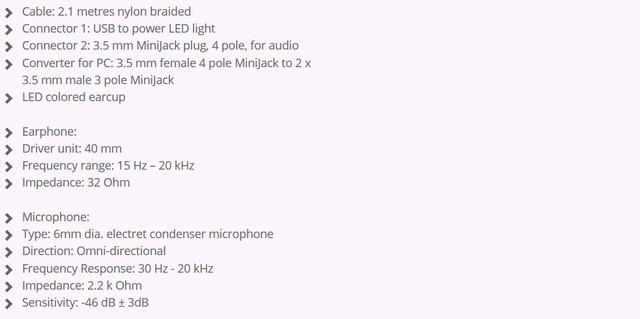
Packaging & Contents
As we start with the front of the box we find that Sandberg isn't content to just give us the usual picture preview introduction to the Twister's as the actual unit is peeking out the right side for us to get a look at.

The backside is very generic and only the basics are listed, in a wide range of common languages. Something not obvious from the box or the product web page, is that the warranty is 5 years long, very generous!

A Converter for PC: 3.5 mm female 4 pole MiniJack to 2 x 3.5 mm male 3 pole MiniJack included with the product.

A Closer Look
Finally we get our hands on the headset. The overall design is similar to the Cyclone.The headset is finished in black with some blue detailing around the back of the ear cup.
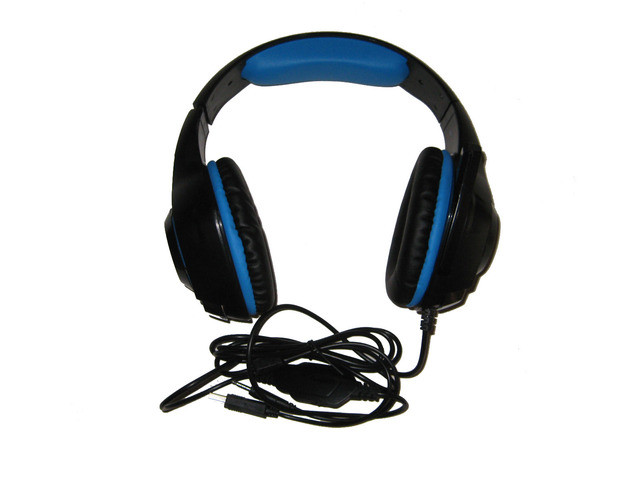
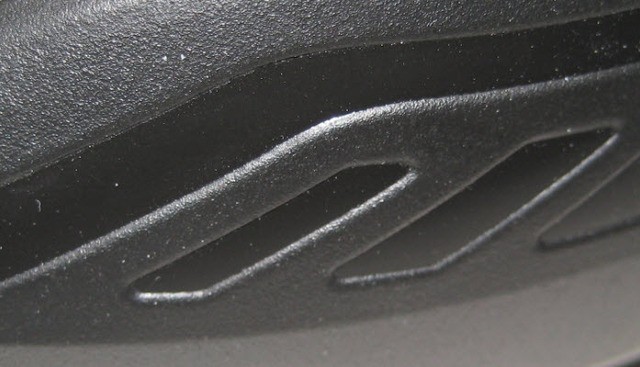
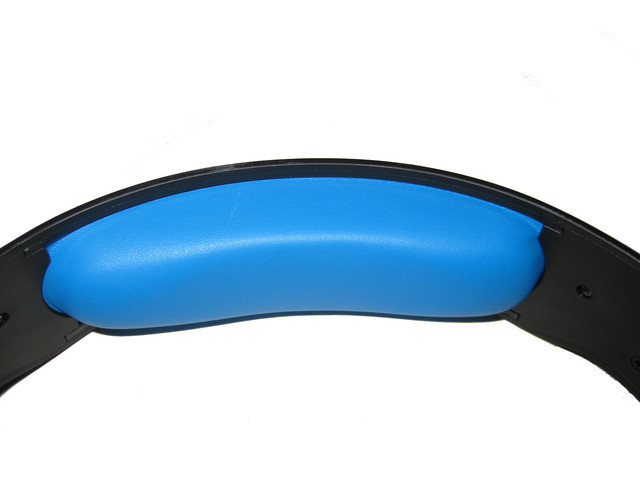
The back of the ear cups features a small Sandberg logo as well as a faint mesh design.

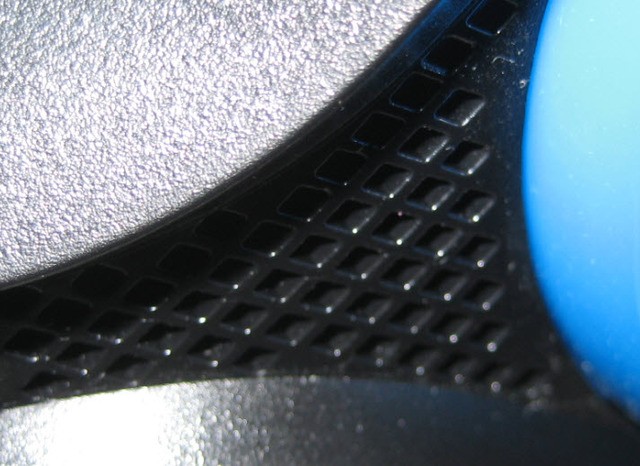
Each side of the headband features a durable plastic slide adjustment.


The ear pads on the Twister are made from the same durable knitted cloth found on the Cyclone's to provide that long term comfort for marathon gaming sessions.
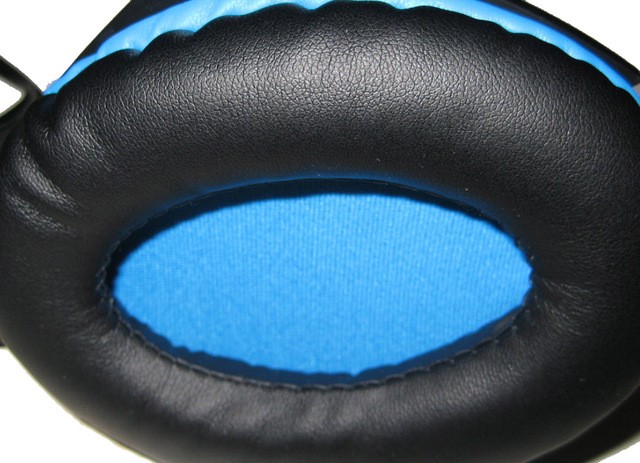
The 40mm drivers housed inside.
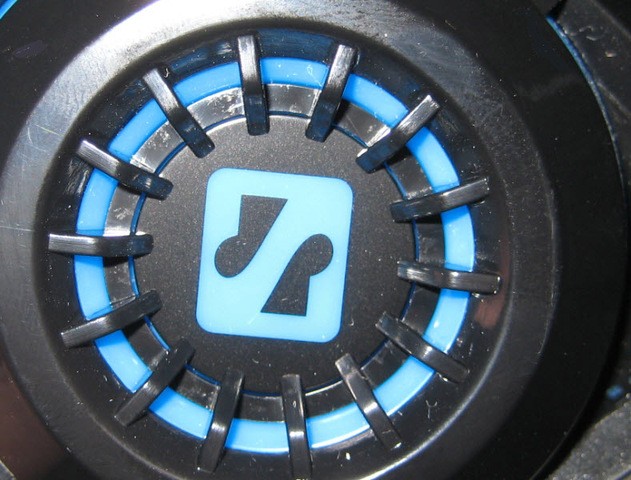
The microphone can also be detached to protect it from damage during transport.
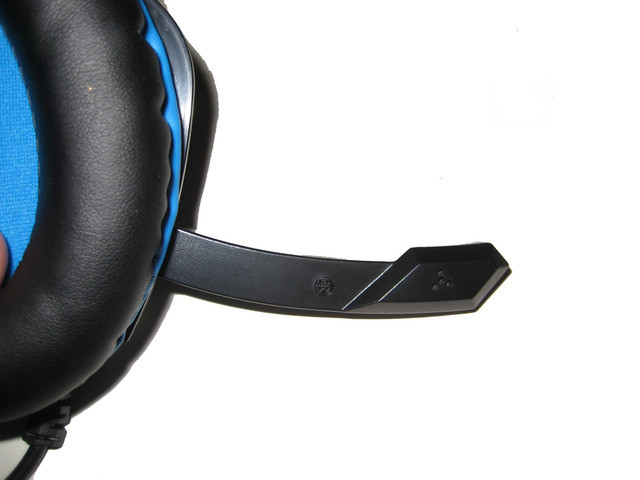
The headset comes hard-wired from the left ear-cup to the in-line controller.This then comes off to another hard-wired cable that features a 3.5mm and USB connection on the end.
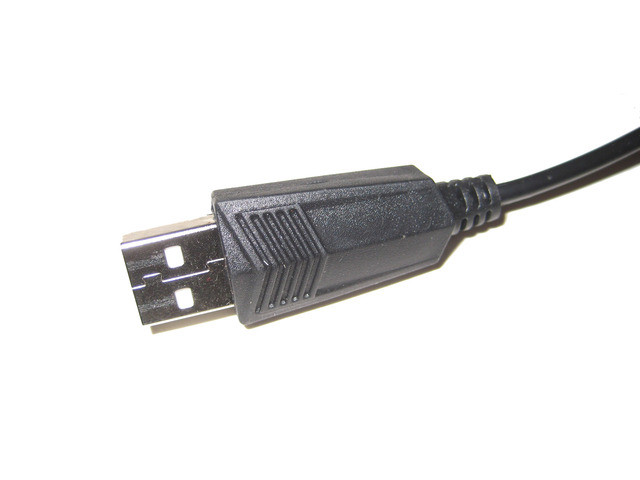
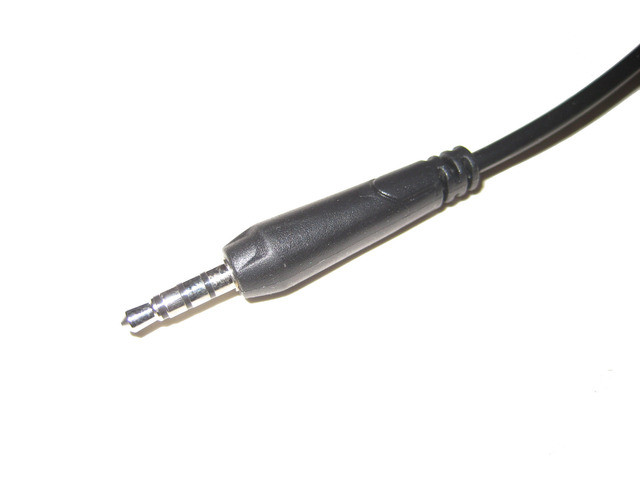
The connector cable also runs up to the left ear cup where it has anti-fraying protection on the bottom end.The cable is 2.1 meters long and is nylon braided covered.
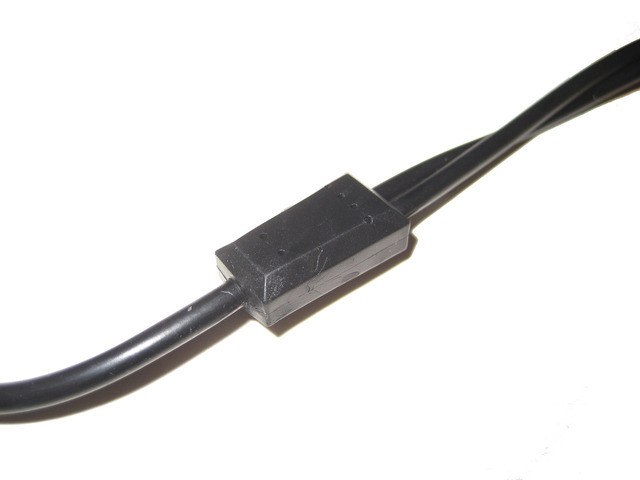
The in-line controller is nothing fancy, but it does allow control of game and chat volumes.
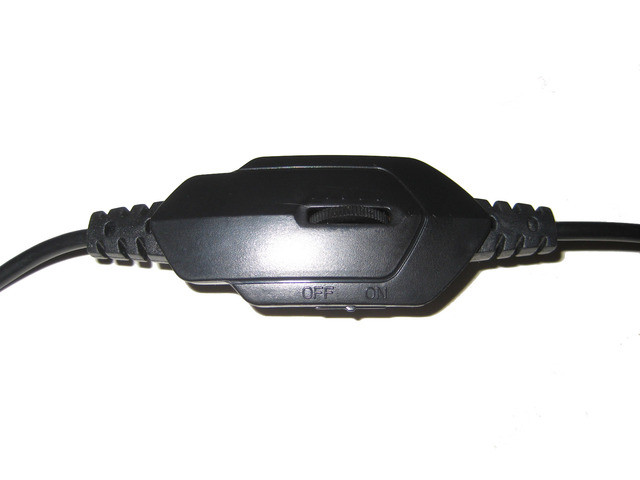
The earcups have a great built-in LED light.
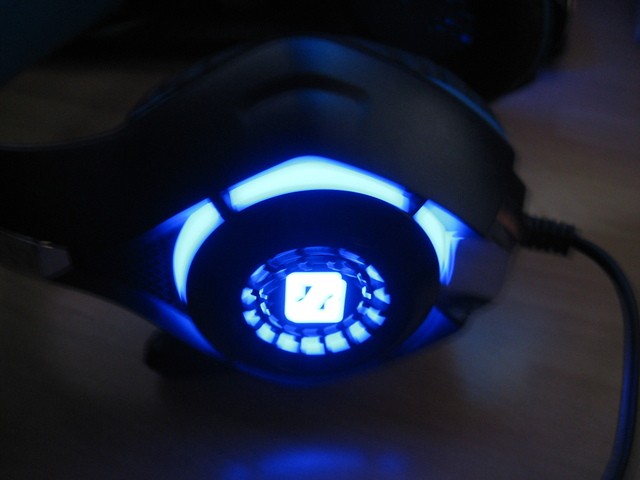
Performance
The first thing I noticed with the Twister was how comfy it is. I touched upon the around-ear design earlier on, but the Twister truly provide a comfortable fit and seal around your ear. I didn’t have the feeling of my ears being squashed or that the Twister needed adjusting for maximum performance all the time – just a case of set it and forget it. Further to this point, the seal offered by the design means that you’re left interruption free from background noises all whilst being fed your own private audio stream. Whilst the cups do have a mesh over them i’m not sure if they’re as ‘breathable’ as the Twister web page makes out, on the other hand, I didn’t get warm ears as is usually the case with closed back headphones.Before getting down to the nitty-gritty of test scenarios, Sandberg’s volume control is the most functional of the USB headsets I’ve reviewed. I encountered no such problems with the Twister’s volume wheel and combined with the Windows slider, offered me a lot more control over volume than the other headsets did.The headset comes with no additional software.

The audio quality from the Twister is equally awesome too.For music you can definitely get the sense of a strong stereo performance from either cup , whether it’s for bassy affairs, vocal heavy tracks. Switching between the laid back debut album from London Grammar ‘If You Wait’ and more intricate material such as Arcade Fire’s ‘Reflektor’ poses no problems for the Twister, especially with the latter intertwining subtle dance and RnB influences into their instrument heavy tracks.On the video front, the Twister performed great. Watching the same test scenes over in House of Cards there was no muffle, no sense that the characters were in a different room to what is happening on screen. Voices remain clear and have good direction to them – ideal for a program like House of Cards.Moving onto the majorly important point of gaming, I believe the Twister is stand out performer here also. Battlefield 4’s gun sounds, vehicle noise and all around ambiance of carnage sounds great with the Twister. There was no sensation of being detached form the immediate action that’s on screen. Interiors such as Op Metro and Op Locker didn’t suffer from any sort of enforced echo, and as a result meant that your aural feedback was near reference material as far as projecting where shots and character VOs are coming from.Building on top of this, League of Legends followed the foundations laid down by Battlefield 4 where clarity was front and centre – the best outcome for a game where communication is paramount and one where playing with random players is usually devoid of any. It’s in League of Legends where you can get a proper feel of how the voice capability of the Twister holds up too. Playing with a partner over Skype presented no muddling of game and chat sounds and the person I was playing with didn’t mention anything about my voice quality being any different from my desktop mic – a massive boon for the Twister’s bundled mic.Overall the performance of the Twister was superb and on immediate comparison to to other headsets I’ve reviewed.
Final Thoughts
Sandberg have certainly proven they can make a reliable headsets with the Twister and while I’m fairly certain that they’ve played it safe with this product.As for playing it safe, there clearly isn’t anything innovative or new here, there are many headsets on the market that mimic nearly all of points on this headset.In terms of performance it is above similar priced headsets.For its entry level price tag the Twister sure brings a lot to the table.Really, without going looking for niggles or comparing specific tracks and effects to my dedicated soundcard/headphones setup, you’d be hard pressed to find fault with the Twister. The audio solution matched up with the relatively simple hardware aesthetics means that the Twister not only sounds great, but feels great during usage.
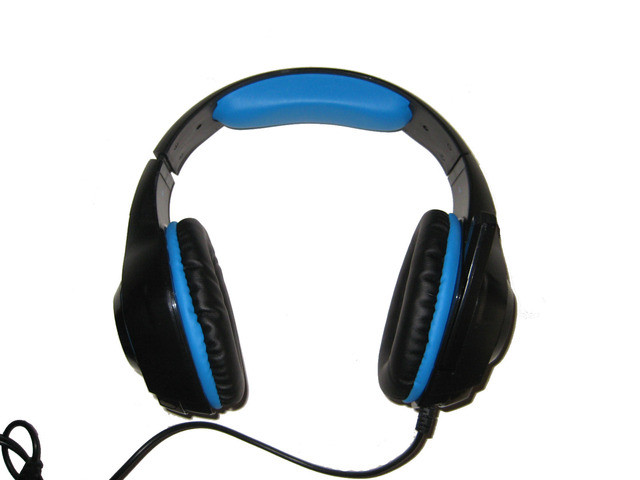
The Twister is a really good headset and for $30 a bargain.

Last edited by testman78; 06-08-2017 at 02:30 AM.
 Posting Permissions
Posting Permissions
- You may not post new threads
- You may not post replies
- You may not post attachments
- You may not edit your posts
-
Forum Rules



























 Reply With Quote
Reply With Quote

Bookmarks